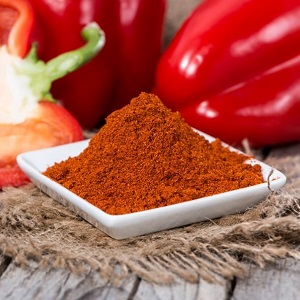- No. 268 Xianghe Street, Economic Development Zone of Xingtai city, Hebei 054001 China
- Byron@hbhongri.cn
chili with dried chiles
Elevating Your Dishes The Art of Chili with Dried Chiles
Chili is a classic dish that transcends cultures and cuisines, bringing warmth, flavor, and comfort to the table. One of the most rewarding ways to amplify the flavors of chili is by using dried chiles, which offer a complex and rich dimension to this beloved dish. In this article, we will explore the types of dried chiles, how to incorporate them into your chili recipes, and the incredible flavors that can be achieved.
Understanding Dried Chiles
Dried chiles come in various shapes, sizes, and heat levels, each possessing unique flavors that can significantly alter the profile of your chili. Some of the most popular types of dried chiles include
1. Ancho Chiles These are dried poblano peppers, known for their sweet, raisin-like flavor. Anchos add mild heat and a rich, smoky undertone to any dish, making them ideal for chili. 2. Guajillo Chiles These chiles are slightly spicier than anchos and have a tangy, berry-like flavor. Guajillos are excellent for adding depth to your chili, balancing heat with sweetness. 3. Chipotle Chiles Smoked jalapeños, chipotles add a distinct smoky flavor and a moderate heat level. They can bring a fiery kick to your chili while enhancing its overall depth. 4. Pasilla Chiles With a rich, earthy flavor and mild heat, pasilla chiles can add complexity and an almost chocolatey note to your dish.
Incorporating Dried Chiles into Your Chili
Using dried chiles in your chili involves a few straightforward steps that can make all the difference
Step 1 Toasting the Chiles
To release their natural oils and intensify their flavors, toast your dried chiles in a skillet over medium heat for a couple of minutes. Be sure to keep an eye on them, as they can quickly become burned and bitter.
Step 2 Rehydrating the Chiles
chili with dried chiles

After toasting, remove the stems and seeds, and soak the chiles in hot water for about 20-30 minutes. This process will soften the chiles, making them easier to blend, and will help extract their rich flavors.
Step 3 Making a Chile Sauce
Once the chiles are rehydrated, blend them with a bit of the soaking liquid to create a smooth sauce. This can be added directly to your chili base, enriching the flavors and giving your dish a beautiful, deep color.
Step 4 Balancing Flavors
When making chili, it's essential to balance the heat of the chiles with other flavors. Consider adding ingredients such as onions, garlic, tomatoes, and spices like cumin and oregano. A touch of sweetness from brown sugar or chocolate can also enhance the overall flavor profile, counteracting spiciness.
Crafting Your Perfect Chili
When it comes to creating the ultimate chili with dried chiles, the possibilities are endless. You can opt for a traditional Bean and Beef Chili or explore vegetarian variations using hearty ingredients like lentils, beans, or quinoa. Experiment with layering flavors; for example, add roasted vegetables or smoky bacon to enhance the richness of the dish.
Your chili can also be customized further by using different types of meat or even chicken, as they can all benefit from the depth that dried chiles provide. Remember, the key lies in tasting and adjusting as you go along, ensuring that your personal preferences shine through in your final dish.
Conclusion
Chili made with dried chiles is not just a meal; it's an experience that warms the heart and delights the palate. By understanding the various types of dried chiles and mastering the techniques of toasting and rehydrating, you can elevate your chili game to new heights. So gather your ingredients, unleash your creativity, and enjoy the explosive flavors that dried chiles bring to your table. Happy cooking!
-
Unlock the Power of Nature with Capsicum Oleoresin ExtractNewsJul.03,2025
-
Unleash the Heat: Discover the Wonders of Spicy Crushed Red PepperNewsJul.03,2025
-
Unleash the Flavor of Red Pepper Pods – Elevate Your Culinary Creations!NewsJul.03,2025
-
The Rich Flavor of Red Pepper Dried – The Ultimate Ingredient for Your Culinary Creations!NewsJul.03,2025
-
Discover the Rich Flavor of the PaprikaNewsJul.03,2025
-
Discover the Flavorful World of Paprika & Chili ProductsNewsJul.03,2025







